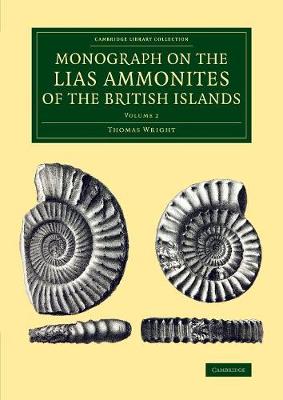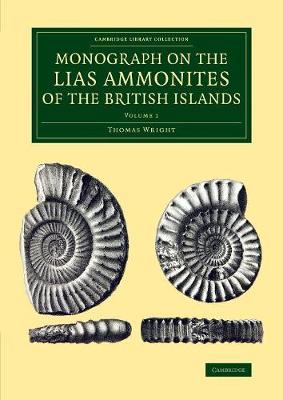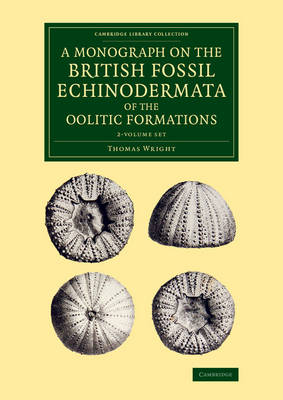Cambridge Library Collection - Monographs of the Palaeontographical Society
2 primary works • 7 total works
Volume 1
A Monograph on the British Fossil Echinodermata of the Oolitic Formations: Volume 1
by Thomas Wright
Volume 2
A Monograph on the British Fossil Echinodermata of the Oolitic Formations: Volume 2
by Thomas Wright
Monograph on the British Fossil Echinodermata from the Cretaceous Formations...
by Thomas Wright
Monograph on the Lias Ammonites of the British Islands: Volume 2, Parts 5-8
by Thomas Wright
Monograph on the Lias Ammonites of the British Islands: Volume 1, Parts 1-4
by Thomas Wright
A Monograph on the British Fossil Echinodermata of the Oolitic Formations 2 Volume Set
by Thomas Wright





